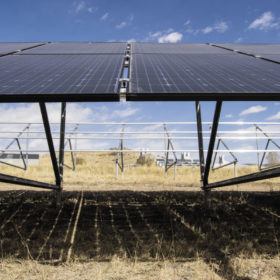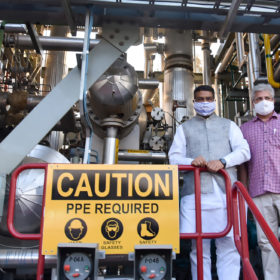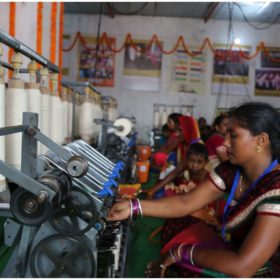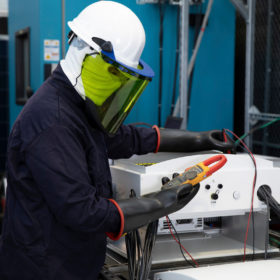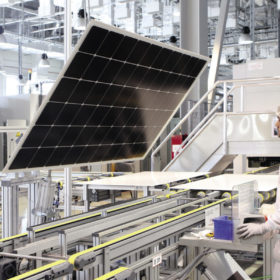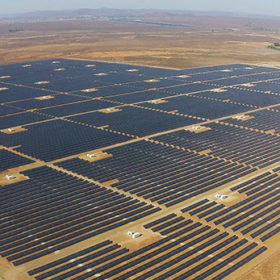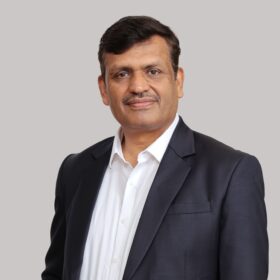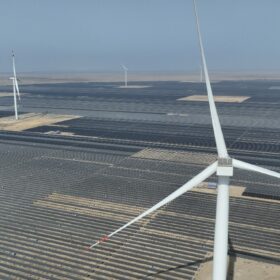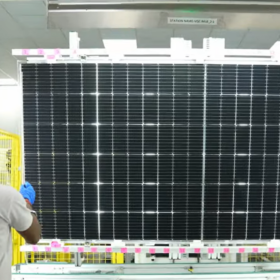Madhya Pradesh tenders for 30 MW rooftop solar
Developers have until November 27 to bid for the grid-connected solar projects. The capacity—to be developed in RESCO mode—shall come in various public and private sector buildings across the state. Bidding closes on November 27.
One-month bidding extension for 100 MW solar-plus-storage in Chattisgarh
Bidders now have until November 27 to submit bids for developing the ground-mounted, grid-connected project in turnkey mode.
Indexed renewable energy tariffs could save discoms up to INR 21,880 crore over five years
A joint report by the Institute for Energy Economics and Financial Analysis (Ieefa) and the CEEW-Centre for Energy Finance (CEF) has recommended indexed tariff structure over flat rate for future renewable capacity, with front-ending tariffs as low as INR 2/kWh, to ease near-term financial pressure on discoms.
IndianOil turns to gas, not green hydrogen, to reduce Delhi bus emissions
The public sector energy company has opened a compact reformer plant at Delhi Transport Corporation’s Rajghat bus depot. The facility will produce hydrogen-enriched compressed natural gas as a bus fuel. A trial period will see 50 gas-powered buses run on the blended fuel with fuel economy and emissions monitored.
Ministry drafts policy for rural solar appliance roll-out
The Ministry of New and Renewable Energy is eager to ramp up deployment of solar-powered dryers, cold storage and charkhas across the nation’s 600,000 villages.
Startups will get access to high-end R&D infrastructure at academic institutions soon
To catalyze R&D and make India self-reliant, the government is supporting restructuring of science and technology infrastructure at universities to cater to industries’ high-end requirements.
NHDC seeks supplier for up to 350 MW of solar modules
The state-run hydropower company is targeting 340-350 MW of generation capacity in the 1.5 GW tender being held by SECI and state utility Madhya Pradesh Urja Vikash Nigam Limited. NHDC has opened a global tender to seek a panel supplier.
Sterling and Wilson to build solar+storage hybrid power plant in Niger
The latest project is another African opportunity for the India-based EPC player after successfully commissioning Nigeria’s first solar-plus-storage hybrid power plant, which is also Africa’s largest battery energy storage system.
Hydrogen needs strong public-private support with policies in place
India is in mission mode on researching different aspects of the hydrogen economy, including hydrogen production, storage and utilization for stationary, power generation and transport applications. The need is to demonstrate the scaled versions at a faster rate.
Total and Google Cloud develop tool to predict rooftop PV potential
The Solar Mapper uses artificial intelligence algorithms that compile data extracted from satellite images. It can estimate site solar potential and indicate the most suitable technology.

